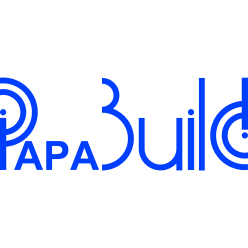To start the online tool, click on the link. You can find further information about it below:
The goal of the PAPABUILD project is to improve people’s acoustic comfort by developing and testing innovative building structures, in particular for building isolation. In view of making the research efforts in a sustainable way, in addition to making use of highly accurate and detailed objective assessments of the acoustic performance of the structures, an important strategical choice is to validate the predictions and conclusions by performing listening tests that allow to assess the effective subjective performance, which is the factor that determines people’s acoustic comfort and well-being. For quantitative research purposes, these listening tests are done in a dedicated acoustic space, in well-controlled conditions. The webtool below allows to get a first impression on the acoustic performance of different building structures, by allowing the user to listen to an uploaded sound of choice in its original version, and as it would be perceived in particular building or room acoustic conditions, i.e., convolved with the room or building acoustic impulse response. The tool has two options. In the first option, the user can select or upload acoustic isolation data of a building element of interest (two-column ascii-file of isolation R-value in dB versus (1/3) octave band center frequency), e.g. a wall, window or door structure. After uploading and processing the original (“input”) sound and the isolation data, the user can then listen to the (“output”) sound after it has passed the building element, and compare it with the original sound. In the second option, the user can upload a 16 bits .wav file that contains the (monaural) impulse response of a room of interest. After uploading and processing, the user can then listen to the (“output”) sound, as it would be perceived in the room of interest.
It is recommended to listen to the sounds by headphones with an as flat as possible spectrum. In view of sounds transmitted through a wall being pretty silent it is recommended to use open ear headphones in a very silent space (LA<30dB).
It is important to realize that, in particular for silent sounds, the absolute level of the input sound and the amplification settings of the auralization system can have an important impact on the perceived loudness. This is particularly important when comparing the sound isolation performance of different walls.
